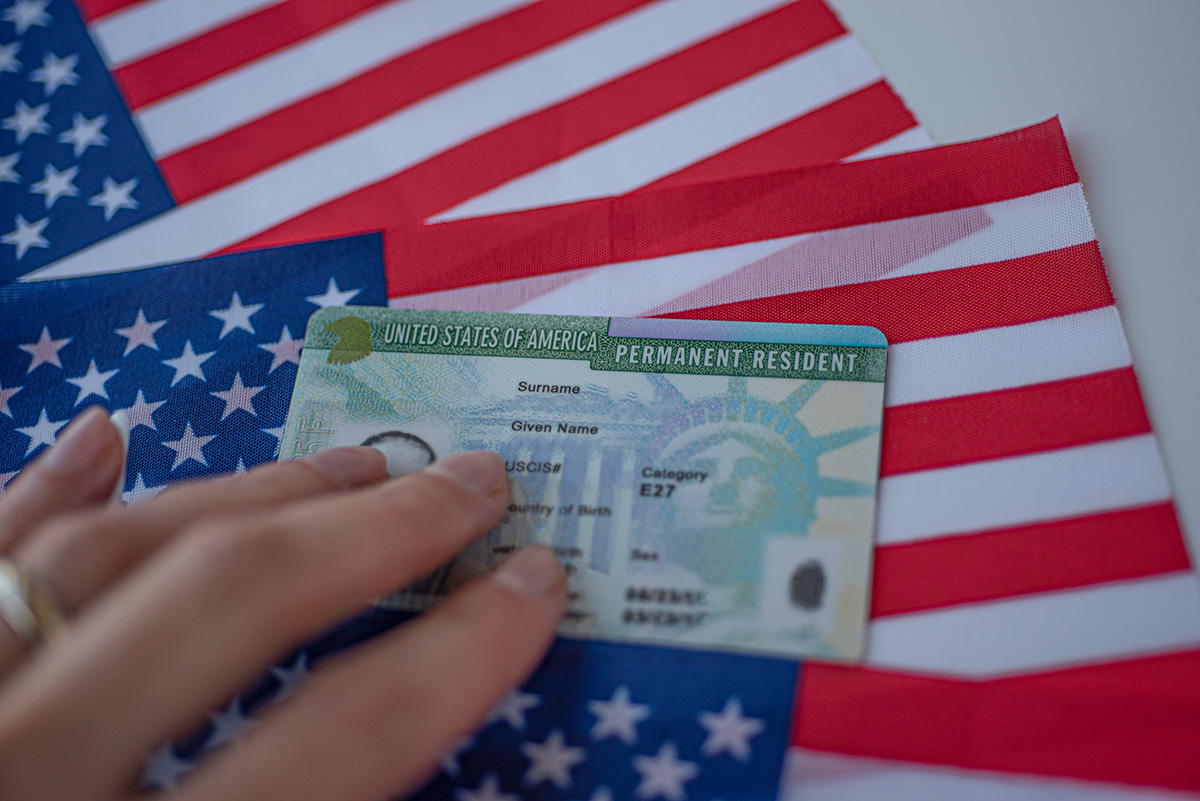
The US Citizenship and Immigration Services (USCIS) has been working on a new I-9 form for the past several months. With the increase in remote work, USCIS also explored the possibility of allowing employers to continue to use the remote verification process.
Beginning August 1st, 2023, a new I-9 form has been released. The new form can be found here: New I-9 Form. This new form contains several changes including:
- Clearer and shorter instructions which include more details on acceptable documents and receipts (e.g. for a missing Social Security Card an employee has requested to be replaced).
- Section 1 (Employee completed section) and Section 2 (Employer completed section) are now on one page.
- The Preparer/Translator section and Section 3 (Reverification and Rehire section) are now on separate supplemental pages employers can use as needed. If the employer does not need these sections, they do not need to use the supplemental pages when completing the I-9 for an employee.
- The new form is designed to be easier to complete on tablets and other mobile devices
Employers may continue to use the prior version of the I-9 form until October 31st, 2023.
What about the new remote verification process?
The good news for some employers is that if they qualify, they may use an optional remote verification process to complete the I-9 after August 1, 2023. To qualify for the new remote verification process, the employer must:
- Enroll in and comply with all E-Verify requirements, which includes enrolling the applicable hiring site in E-Verify and ensuring all employer users who are completing the verification of the documents have completed the required E-Verify training.
- Offer, but not require, the alternative remote process consistently to all employees at the applicable E-Verify hiring site. If an employee declines the remote process, the employer must ensure the documents are physically verified when completing the I-9 form.
- Receive and retain clear copies of both sides of the documents from the employee. Assess from the copies if the document is legible and if they appear to be genuine.
- Conduct a live video meeting (e.g. Zoom, Facetime, Google Meet, etc.) with the employee presenting the documents and ensure the documents appear to relate to the employee.
- Complete the corresponding box on the new I-9 form indicating that an alternative procedure was used to examine the documents to complete Section 2.
- Employers may also use the alternative remote verification process to re-verify documents in other situations such as verifying certain expired documents for employee name changes or rehires.
Employers must consistently offer the process to the employees, however, they may choose to only offer the remote verification process to employees who work remotely and continue to require physical verification of documents for non-remote employees.
What does this mean for the ending of the COVID-19 remote verification process??
According to the US Immigration and Customs website (ICE), employers who completed the I-9 through remote verification of documents and used E-Verify at that time may be eligible to satisfy the current physical examination process under certain circumstances. To qualify the employer must be in good standing with the E-Verify system, have completed the I-9, conducted the remote verification process and created an E-Verify case within three days of the employees’ hire date between March 20th, 2020 and July 31st, 2023.
To comply with the alternative procedure for employees who were remotely verified as indicated above, the employer offers the employee the option to perform a live video meeting. If the employee agrees, they conduct a video meeting with the employee by August 30th, 2023 and ensure the prior document(s) that had been presented relates to the employee in the video meeting.
The employer should write “alternative procedure” and add the date they performed the live video meeting to the Additional Information section of the original I-9 form. The employer should not create a new case in the E-Verify system.
Clear as mud? Don’t worry you’re not alone. Our HR Consultants can assist with any questions or to help ensure your I-9 verification process is compliant. Contact us for assistance.
Author: Traci Hagan
